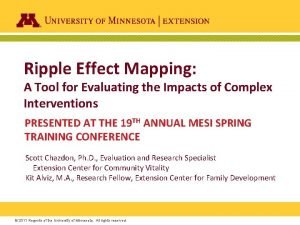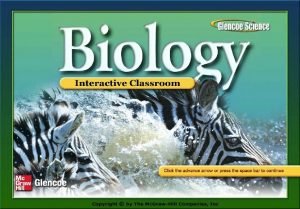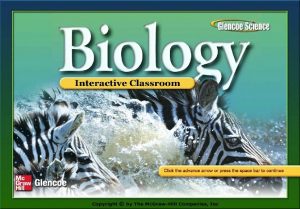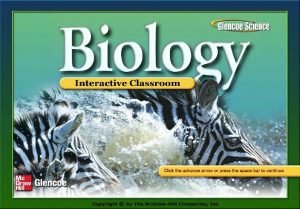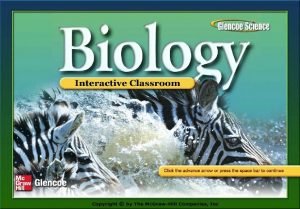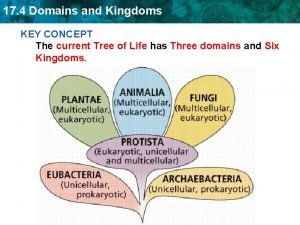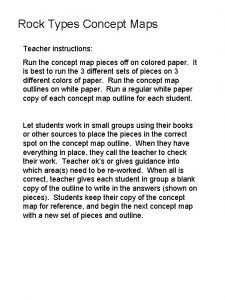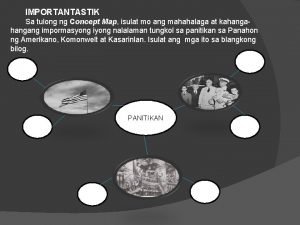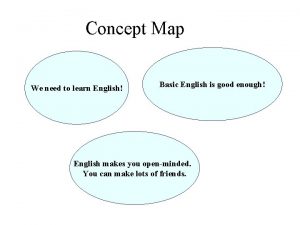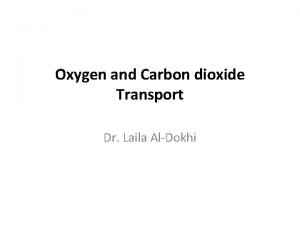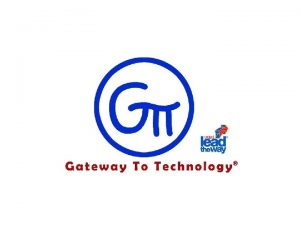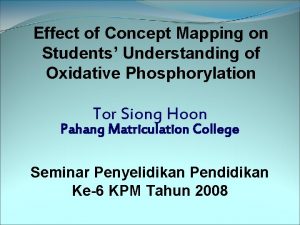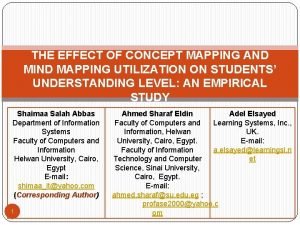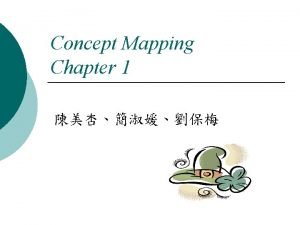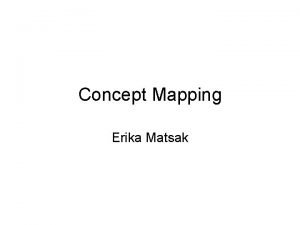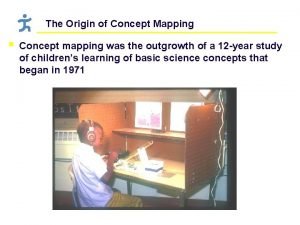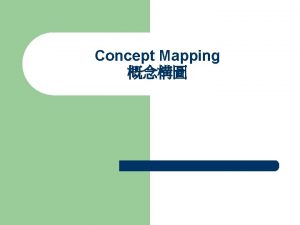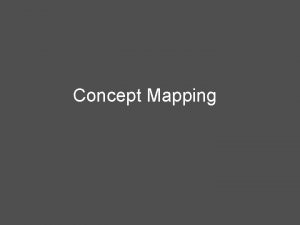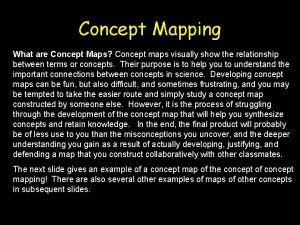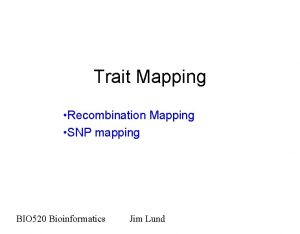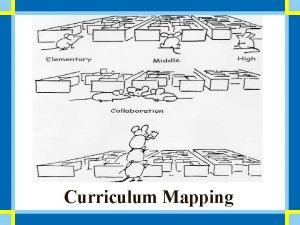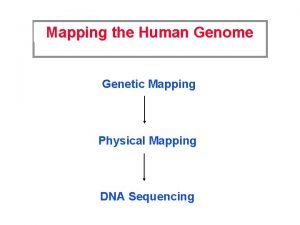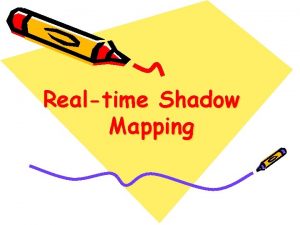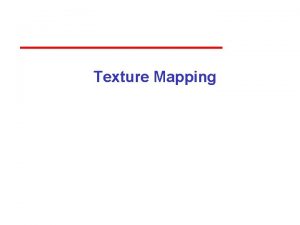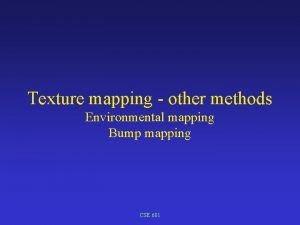Effect of Concept Mapping on Students Understanding of






















- Slides: 22

Effect of Concept Mapping on Students’ Understanding of Oxidative Phosphorylation Tor Siong Hoon Intan Zurina Pahang Matriculation College Seminar Penyelidikan Pendidikan Ke-6 KPM Tahun 2008

What is learning? Ausubel (1968) • self-regulated • capability to mobilize • direct and sustain learner’s learning efforts towards achieving a goal. Shuell, 1993 • active, constructive, cumulative, self-regulated and goal oriented process • learner plays critical role.

2. Background of study Researcher’s observations from past experience students face difficulty organizing knowledge in meaningful related chunks especially abstract concepts students often memorize facts

Cont ……background of study especially abstract concepts such as oxidative phosphorylation & electron transport chain Challenges faced by teachers help students to organize knowledge into meaningful related chunks

Review of Literature Based on constructivist learning theory. Novak (1968) educational settings concept mapping enhance meaningful learning Findings from studies concept maps have tremendous capacity helping learners cope demands of learning different science concepts. chemistry (Stensvold & Wilson, 1990), physics (Pankratius, 1987), physical science (Willerman & Mac Harg, 1991), and biology (Haslam & Tragust, 1987; Amir & Tamir, 1994).

What is Concept Mapping? provide a visual outline of an individual’s knowledge structure Making visible the abstract concepts enable students visually interact with the knowledge structure constructed Franciso (2002) strategy is the ability to recognize possible deficiencies in knowledge structure

Concept mapping in a concept map

Objectives of Study Assess students’ understanding of oxidative phosphorylation. Investigate the effect of concept mapping on students’ achievement. i.

Research Design and Sample of the Study Quasi-experimental study Two intact tutorial classes taught by researcher during the first semester of the 2008/09 academic session 50 students involved

Methodology of Study: Procedure tutorials taught Control group Based on ppt notes downloaded from Web -based Learning Group presentation Test on oxidative phosphorylation Experimental group Based on ppt notes downloaded from Web -based Learning Group presentation using concept maps based on 17 concepts provided Test on oxidative phosphorylation

Take off point Comparison between the experimental and control groups Chapter 1 Experimental group 6. 068 Control group 6. 040 Independent sample t-test showed that the variances are not different at α=0. 05 as p -value = 0. 953 >0. 05. Therefore two groups homogenous

Qualitative analysis on students’ understanding Research question 1 Based on the criterion map constructed by the researcher oxidative phosphorylation

Oxidative Phosphorylation rgy s ene re captu uses process of redox reactions ne rat es Chemisosmosis as ATP inter membrane space NADH into passed down pumps H⁺ es driv syn which is dr iv final electron acceptor H⁺ to form phosphorylation to undergo proton motive force es finally to th es proton gradient in tes crea from is o f which uses electrons Electron Transport Chain ge ADP catalyzes thr ou gh ATP synthase which is oxygen producing water Criterion Map

Research Question 1 Qualitative Findings Concepts and proposition in the concept maps Students’ conceptions as reflected in maps

Qualitative Findings Criterion map Student’s map 80% of the connections scientifically valid. 70% of students understood production of ATP is by phosphorylation of ADP with ATP synthase. 30% of the students could not make sense that the synthesis of ADP to ATP requires ATP synthase.

Qualitative Findings Student’s map Criterion map Not all given concepts used misconception concerning chemiosmosis 70% of students failed to understand the concept of proton gradient, proton motive force is not found at correct places

Response to Research Question 2 Quantitative Analysis Quiz Experimental group 5. 572 Control group 4. 940 Quiz : Cronbach alpha 0. 78. Comparison of achievements using independent sample t -test shows that at α=0. 05, p=0. 042 0. 05. Achievement using concept mapping as instructional tool is higher

Conclusion Students’ achievement using concept mapping is higher Concept maps are able to help teachers to identify students’ misconception and access students’ understanding concerning abstract concept on oxidative phosphorylation.

Recommendation Concept mapping has been promoted as “the most important metacognitive tool in science education today” (Mintzes, Wandersee, & Novak, 2000). Students tremendous boost in students’ understanding of scientific concepts Teachers a tool to access student understanding especially to investigate misconception of biology concepts

Recommendations Concept mapping “the most important metacognitive tool in science education today” (Mintzes, Wandersee, & Novak, 2000). Concept mapping can adopted by teachers at Matriculation Colleges as alternative strategy for Teaching and Learning. Further studies based on metacognitive tools to access students’ understanding in abstract concepts

Recommendations providing summary of existing knowledge, identifying misconceptions, revealing gaps in understanding, assessing students’ learning

Thank you
 The associative mapping is costlier than direct mapping.
The associative mapping is costlier than direct mapping. Forward mapping vs backward mapping
Forward mapping vs backward mapping Prinsip analisis dan desain
Prinsip analisis dan desain Learning target
Learning target The first favorite novel of rizal
The first favorite novel of rizal Ripple effect mapping
Ripple effect mapping Concept map tagalog
Concept map tagalog Mitosis concept map
Mitosis concept map Concept mapping chapter 11 genetic disorders
Concept mapping chapter 11 genetic disorders Concept mapping circulation in humans chapter 34
Concept mapping circulation in humans chapter 34 Chapter 28 section 1 fishes study guide answer key
Chapter 28 section 1 fishes study guide answer key Amphibia characteristics
Amphibia characteristics Concept mapping chapter 28 fishes and amphibians
Concept mapping chapter 28 fishes and amphibians Domains and kingdoms
Domains and kingdoms Types of rock concept map
Types of rock concept map Concept map about igneous rocks
Concept map about igneous rocks Sa bawat concept map
Sa bawat concept map Concept map tutorial
Concept map tutorial Chapter 34 section 2 the respiratory system
Chapter 34 section 2 the respiratory system Crossing over occurs during
Crossing over occurs during Concept mapping in english grammar
Concept mapping in english grammar Section quick check chapter 10 section 1 meiosis answer key
Section quick check chapter 10 section 1 meiosis answer key Bohr's effect in respiration
Bohr's effect in respiration





